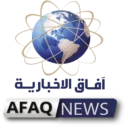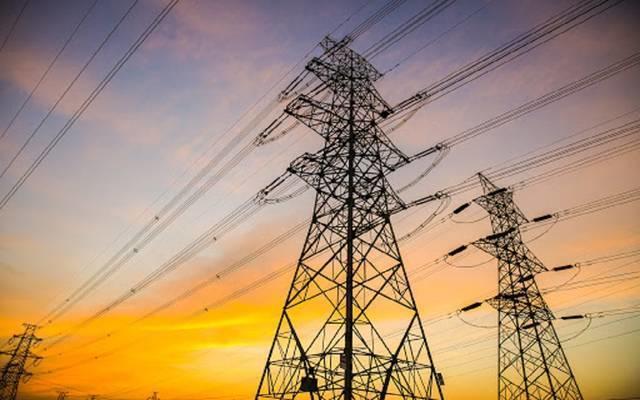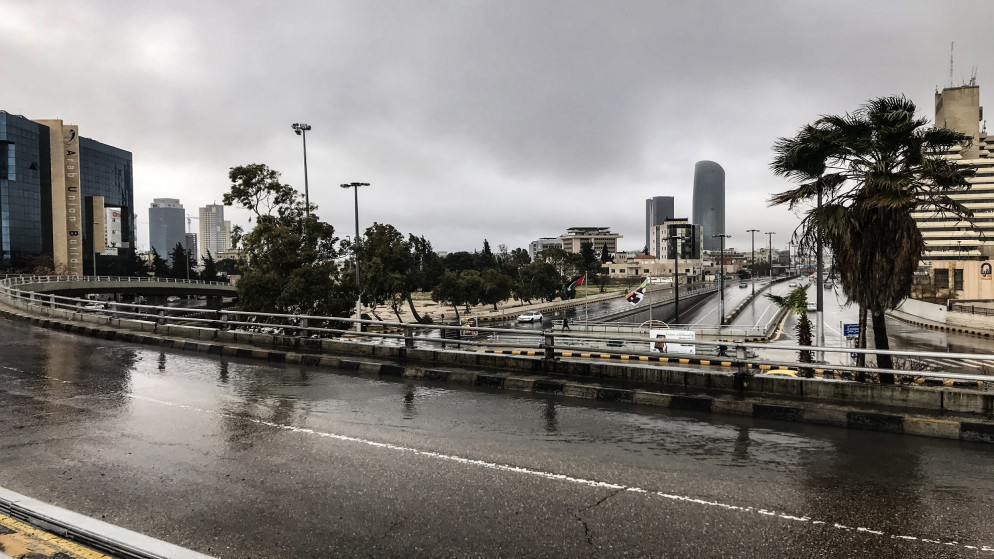Afaq News :
Syrian government forces have started to reach the north of the country, hours after the government agreed to help Kurdish forces facing Turkey.
Syrian state media say government forces entered Ain Issa on Monday, 30km (19 miles) south of the Turkish border.
The deal came after the US, the Kurds’ main ally, said it would withdraw its remaining troops from northern Syria.
Turkey began an offensive in the region last week, aiming to push Kurdish forces from the border region.
Areas under the control of the Kurdish-led Syrian Democratic Forces (SDF) came under heavy bombardment over the weekend, with Turkey making gains in two key border towns.
Dozens of civilians and fighters have been killed on both sides.
The US announced on Sunday it was preparing to evacuate its 1,000 remaining soldiers from northern Syria.
The Turkish offensive and US withdrawal have drawn an international outcry, as the SDF were the main allies of the West in the battle against the Islamic State (IS) group in Syria.
There have been fears about a possible resurgence of the group and the escape of prisoners amid the instability.
Turkey views elements of the Kurdish groups as terrorists and says it wants to drive them away from a “safe zone” reaching 32km into Syria.
President Recep Tayyip Erdogan hopes to resettle up to two million Syrian refugees currently in Turkey within the zone. Many of them are not Kurds and critics have warned this could lead to ethnic cleansing of the local Kurdish population.
What do we know about the deal?
The Kurdish-led administration in northern Syria announced it had reached an agreement on Sunday for the army to deploy along border areas controlled by Kurdish forces to “repel [Turkish] aggression”.
For now, they will not be deployed between Tal Abyad and Ras al-Ain, where Turkey has focused its efforts.
Kurdish-led authorities insist they will remain in charge politically and retain order in the area.

By Monday Syrian state media said troops had entered Ain Issa and Tal Tamer.
Sunday’s deal represents a significant shift in alliances for the Kurds.
Despite suffering decades of suppression, Syria’s main Kurdish parties publicly avoided taking sides when the country descended into civil war in 2011. When forces loyal to President Bashar al-Assad withdrew from mainly Kurdish areas to fight rebels elsewhere the following year, Kurdish militias took control.
- Trump’s week of confusion over Syria
- Turkey Syria offensive: Your questions answered
- ‘We have no friends but the mountains’
- Turkey’s Syria offensive explained in four maps
In 2015 they became critical partners on the ground of the US-led multinational coalition against IS. With the help of US airpower and weaponry, the Kurds drove the jihadist group out of more than a quarter of Syria and declared the creation of a “federal system” to govern it. While the Syrian government rejected the declaration and the intervention of the US, which supported the uprising against Mr Assad, it has not sought to retake the territory.
The biggest Kurdish party has said it is not seeking independence, but insists that any political settlement to end Syria’s civil war includes guarantees for Kurdish rights and recognition of their autonomy. The Syrian government has rejected the Kurdish demands for autonomy.
What is the US position now?
US President Donald Trump’s surprise move last week to pull dozens of troops from pockets in the north-east effectively paved the way for the Turkish operation against the Kurdish fighters.
At the time, the SDF called the move “a stab in the back”.
On Sunday US Defence Secretary Mark Esper announced the Pentagon was moving up to 1,000 troops away from the north, citing fears that US forces would end up stuck between “two opposing advancing armies”.

President Trump has suggested Kurdish forces might have released IS prisoners on purpose to draw the US into the conflict.

What has Turkey seized so far?
On Sunday, President Erdogan said his forces had already captured 109 sq km (42 square miles) of territory, including 21 villages.
They have focused their efforts on seizing the two key towns of Ras al-Ain and Tal Abyad.

Mr Erdogan described the US withdrawal as “positive” and said he expected the SDF to withdraw from other key towns.
He also insisted that he did not expect problems with Russia, while hitting out at Western nations who had criticised the operation.
French Foreign Minister Jean-Yves Le Drian and his German counterpart, Heiko Maas, are among those calling for an EU-wide arms embargo against Ankara.
Nato Secretary General Jens Stoltenberg described the situation as a “great concern” which risked “further destabilising the region”.
What is the situation on ground?
Reports suggest that at least 50 civilians have been killed inside Syria and 18 over the border in southern Turkey.
Kurdish forces have confirmed the deaths of 56 of their fighters while Turkey says four of its soldiers and 16 pro-Turkish Syrian fighters have been killed in Syria.

The UN humanitarian agency OCHA says up to 160,000 civilians are now on the move and it expects the number to rise.
The fighting has also spilled over to areas close to IS detainee camps. Officials at the Ain Issa camp said nearly 800 relatives of foreign IS members had escaped on Sunday.
The camp holds about 12,000 displaced people, previously including nearly 1,000 foreign women and children with jihadist links.
Turkey has said it will take responsibility for IS prisoners it finds during its offensive















عذراً التعليقات مغلقة